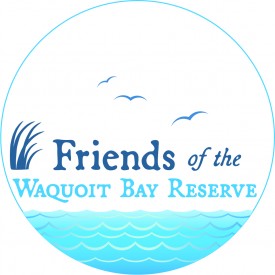Project Title: Understanding hyperspectral responses to environmental stressors in coastal wetlands
Duration: 6/1/2023-5/31/2025
Funding Source: Woods Hole Oceanographic Institution Interdisciplinary Grant
Lead Investigator / onsite-contact: Julia Guimond, Woods Hole Oceanographic Institution (Julia.guimond@whoi.edu)
Project Description: Coastal ecosystems, including coastal wetlands and forests, are undergoing widespread shifts due to stressors imposed by the combined effects of climate change and anthropogenic development. Sea-level rise is increasing inundation periods and pushing saltwater into terrestrial environments; droughts and thermal extremes are altering soil saturation and salinity, and excessive nutrient inputs are driving algal blooms. These stressors are resulting in vegetation shifts and landward transgression, vegetation mortality, pond expansion, and algal mat development, decreasing coastal wetland extent and services. Understanding drivers of vegetation changes is important for coastal wetland management and conservation efforts, yet assessments of coastal wetland health require extensive in-situ instrumentation and sampling that is costly and spatially limited. This prohibits timely management actions as well as process-based understanding in these heterogeneous environments. Here, we proposed to explore the use of hyperspectral imagery for the detection of vegetation health and identification of specific stressors acting on coastal wetlands and adjacent forests. The combination of in-situ monitoring and sampling with routine aerial surveys will enable us to link vegetation spectra with local environmental conditions and changes. The goal is to develop a method through which hyperspectral imagery can be used to detect vegetation stress, particularly saltwater intrusion. This method would enable more robust coastal wetland monitoring efforts and enable larger-scale assessments of coastal ecosystem health and responses to perturbations. The combined expertise of our interdisciplinary team, including a spatial ecologist, groundwater hydrologist, and coastal/marine geochemist, makes us well positioned to achieve our project goals.

